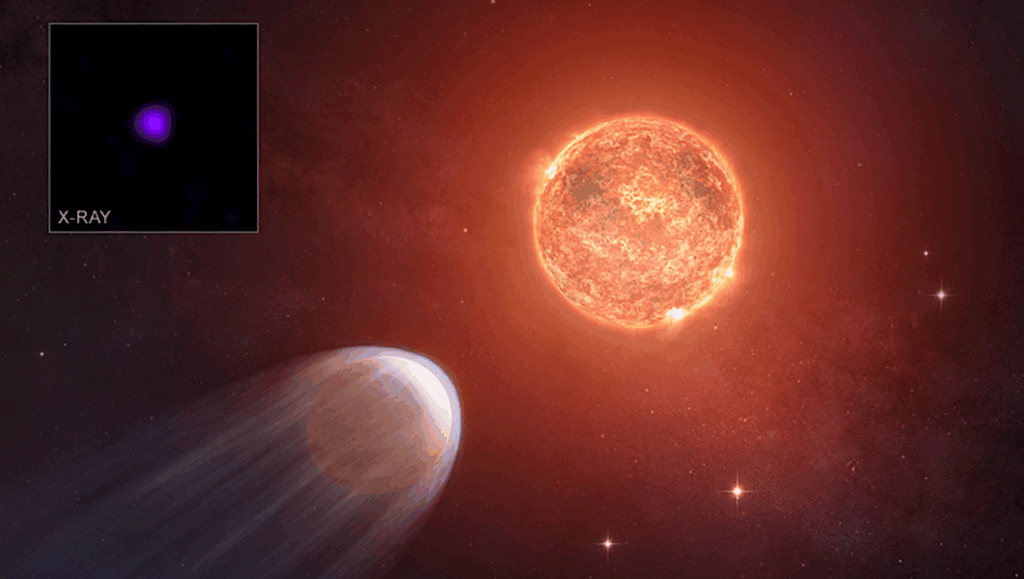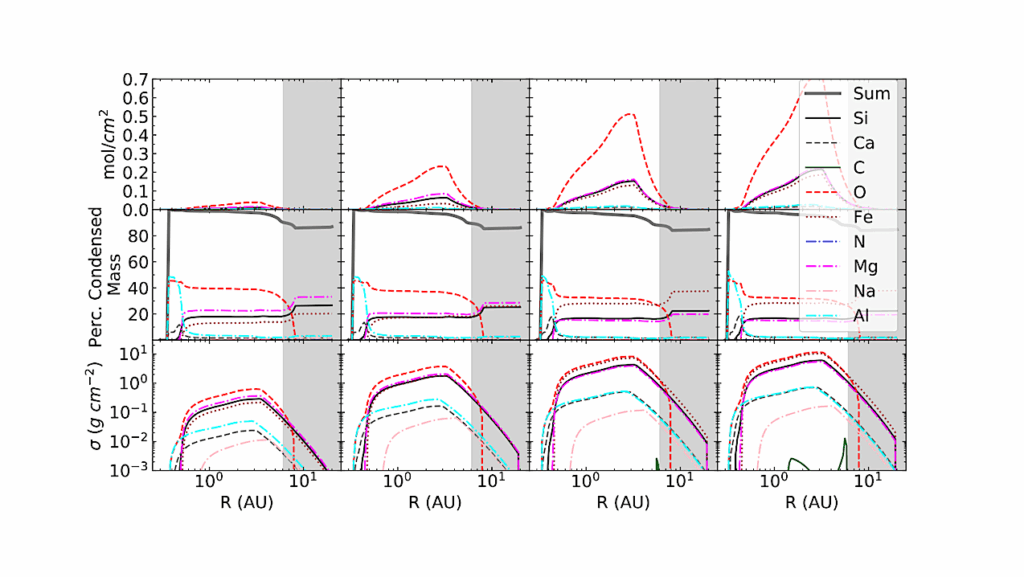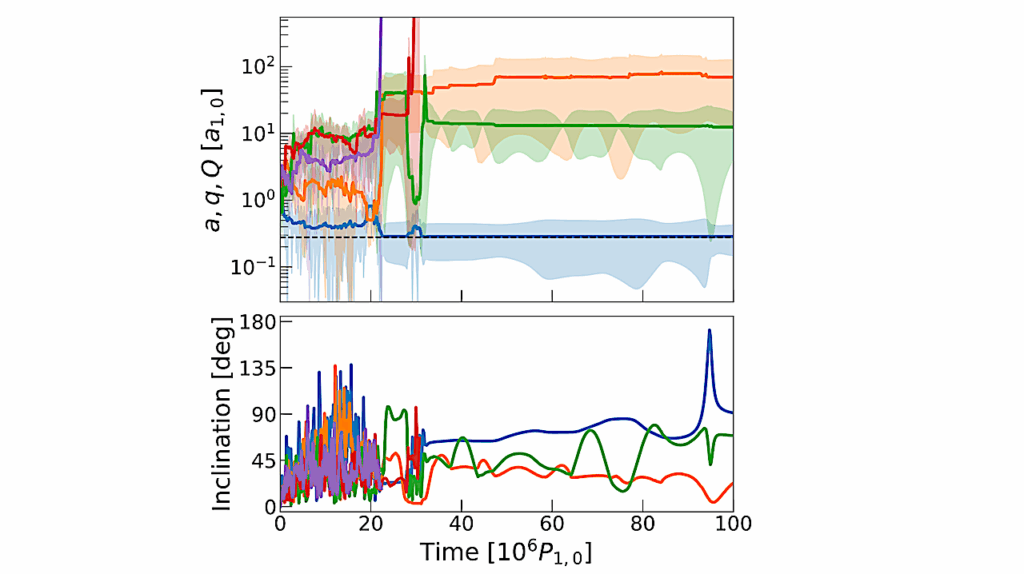Stellar Driven Evolution of Hydrogen-Dominated Atmospheres from Earth-Like to Super-Earth-Type Exoplanets

In the present chapter we present the results of evolutionary studies of exoplanetary atmospheres. We mostly focus on the sub- to super-Earth domain, although these methods are applicable to all types of exoplanets.
We consider both thermal and nonthermal loss processes. The type of thermal loss mechanism depends on so-called escape parameter β, which is the ratio of the gravitational energy of a particle to its thermal energy. While β is decreasing, an exoplanet switches from classical Jeans to modified Jeans and finally to blow-off escape mechanisms. During blow-off the majority of the atmospheric particles dispose of enough energy to escape the planet’s gravity field. This leads to extreme gas losses.
Although nonthermal losses never exceed blow-off escape, they are of significant importance for planets with relatively weak Jeans-type escape. From the diversity of nonthermal escape mechanisms, in the present chapter we focus on ion pickup and discuss the importance of other loss mechanisms. The general conclusion of the chapter is, that escape processes strongly shape the evolution of the exoplanets and determine, if the planet loses its atmosphere due to erosion processes or, on the contrary, stays as mini-Neptune type body, which can probably not be considered as a potential habitat as we know it.
K.G. Kislyakova, M. Holmström, H. Lammer, N.V. Erkaev
(Submitted on 30 Mar 2020)
Comments: Originally published by: Springer International Publishing Switzerland 2015 H. Lammer, M. Khodachenko (eds.), Characterizing Stellar and Exoplanetary Environments, Astrophysics and Space Science Library 411
Subjects: Earth and Planetary Astrophysics (astro-ph.EP); Solar and Stellar Astrophysics (astro-ph.SR)
Journal reference: Springer, Characterizing Stellar and Exoplanetary Environments, 2015
DOI: 10.1007/978-3-319-09749-7__7
Cite as: arXiv:2003.13412 [astro-ph.EP] (or arXiv:2003.13412v1 [astro-ph.EP] for this version)
Submission history
From: Kristina Kislyakova
[v1] Mon, 30 Mar 2020 12:47:11 UTC (1,264 KB)
https://arxiv.org/abs/2003.13412
Astrobiology








